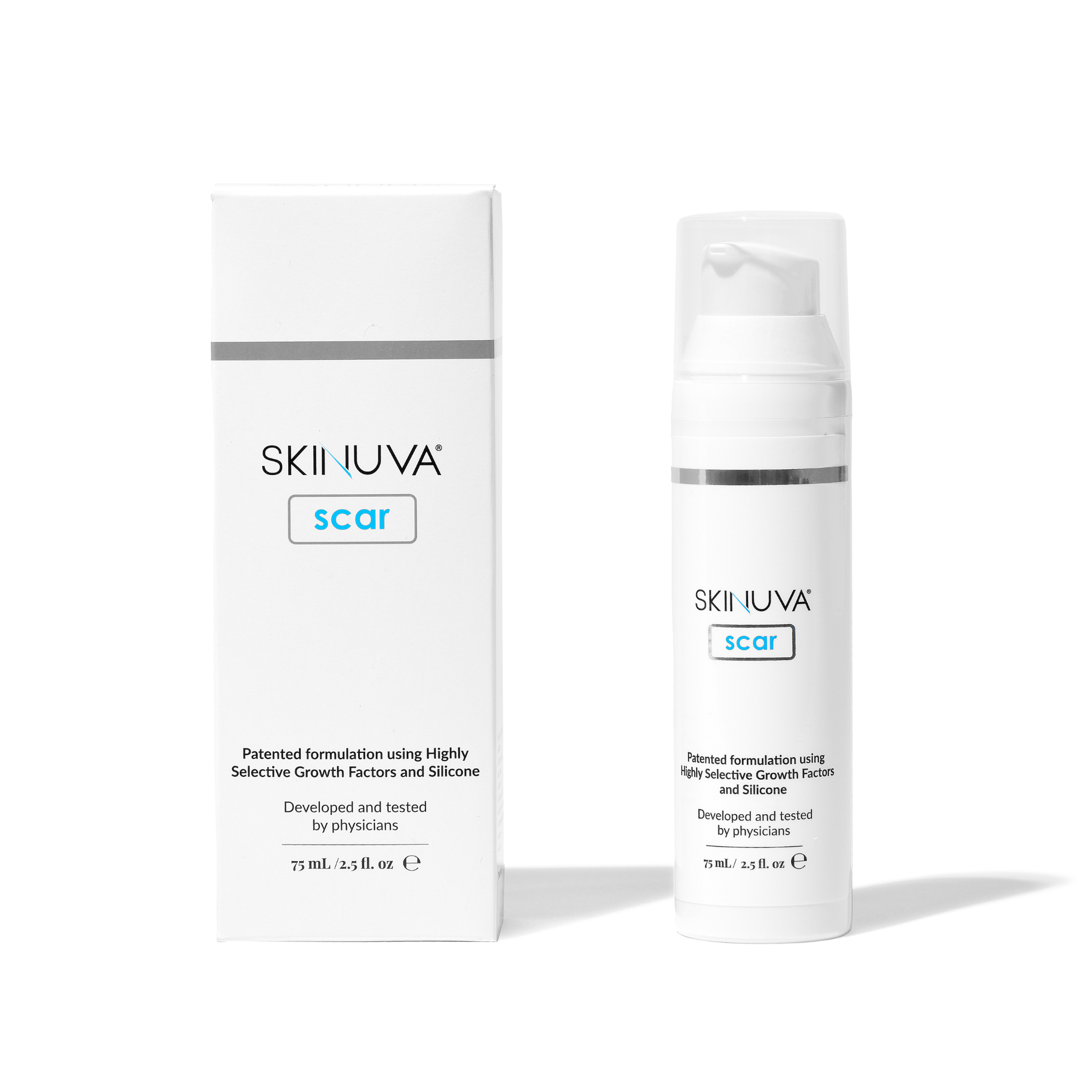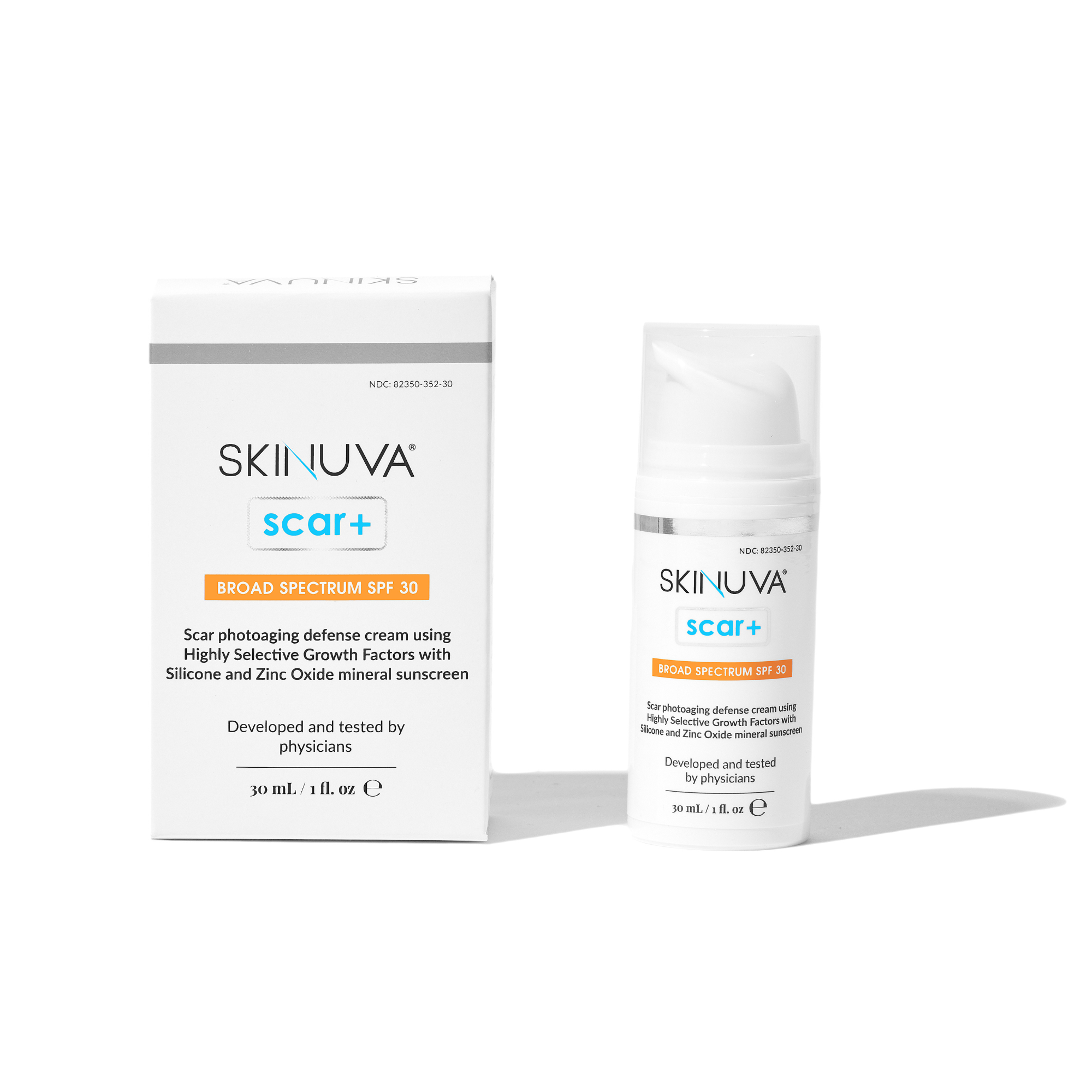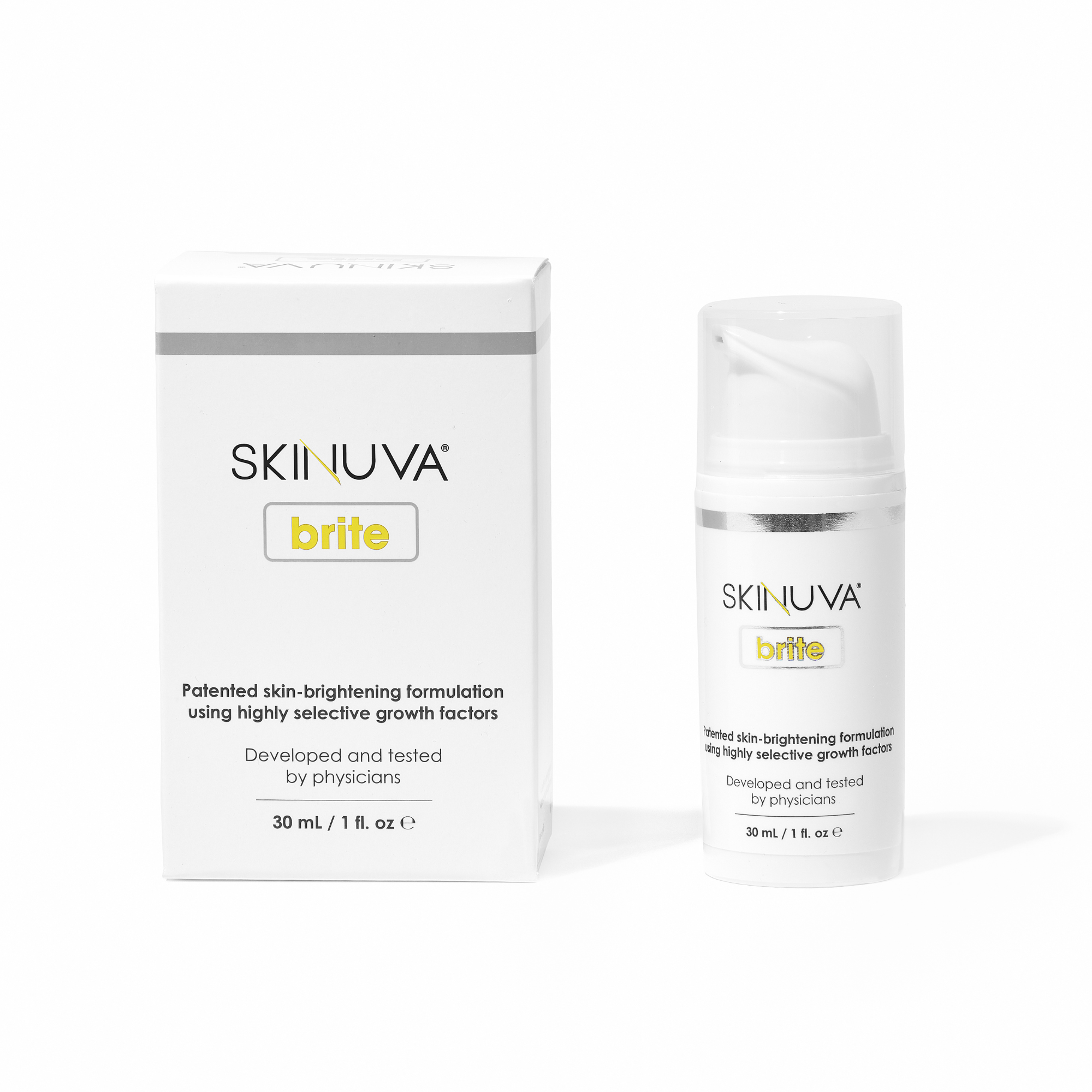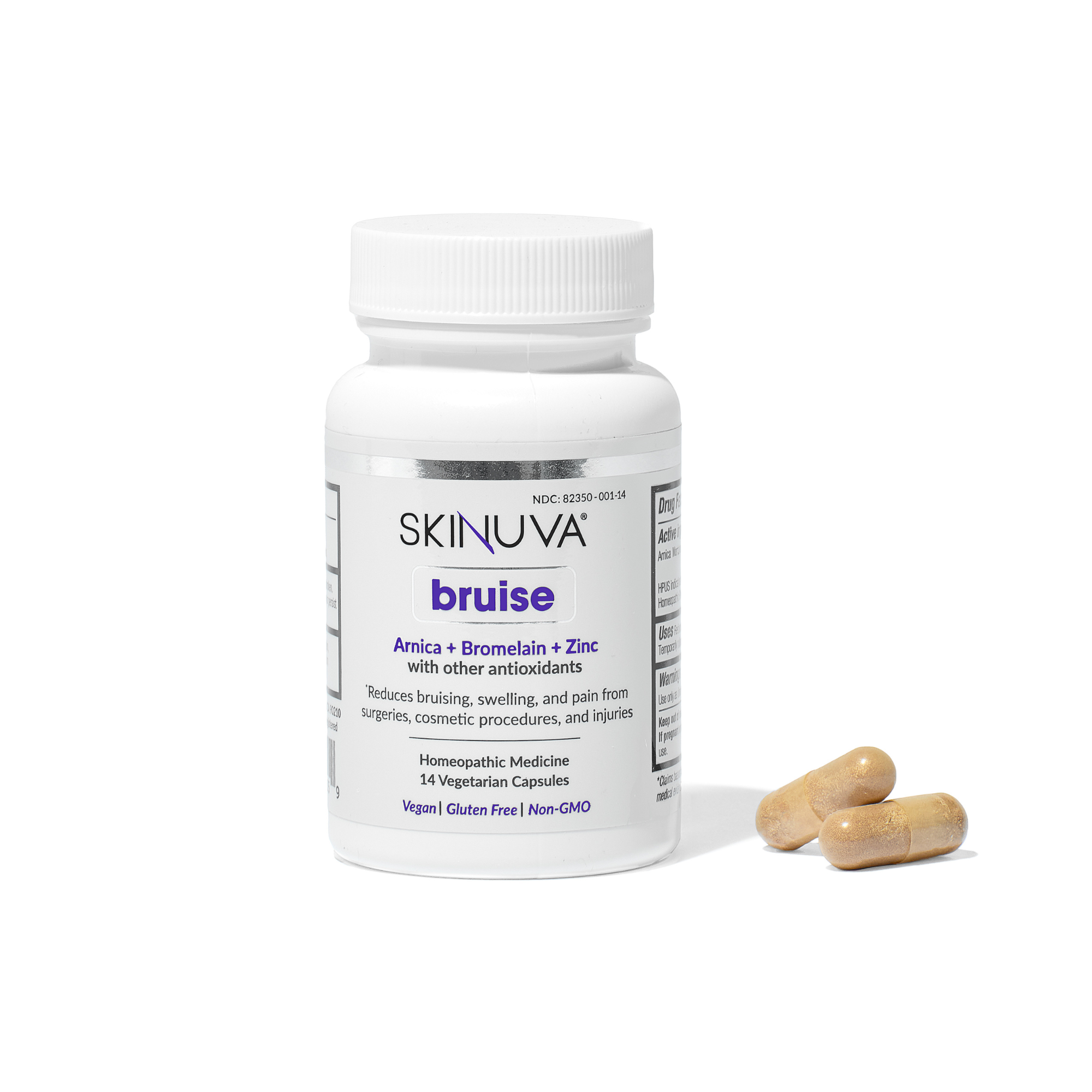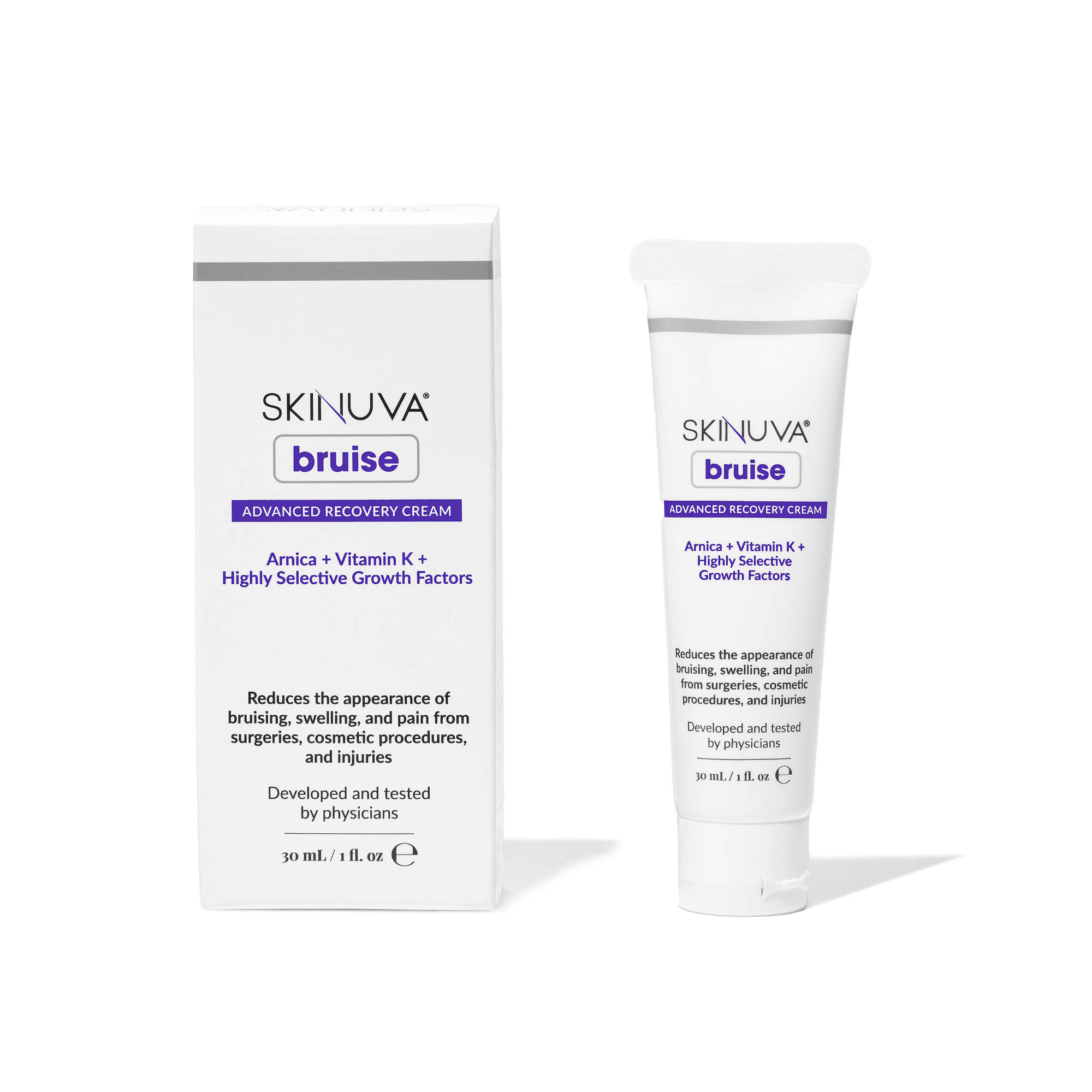Breast Cancer Awareness Month: Understanding Scars and Options for Scar Care
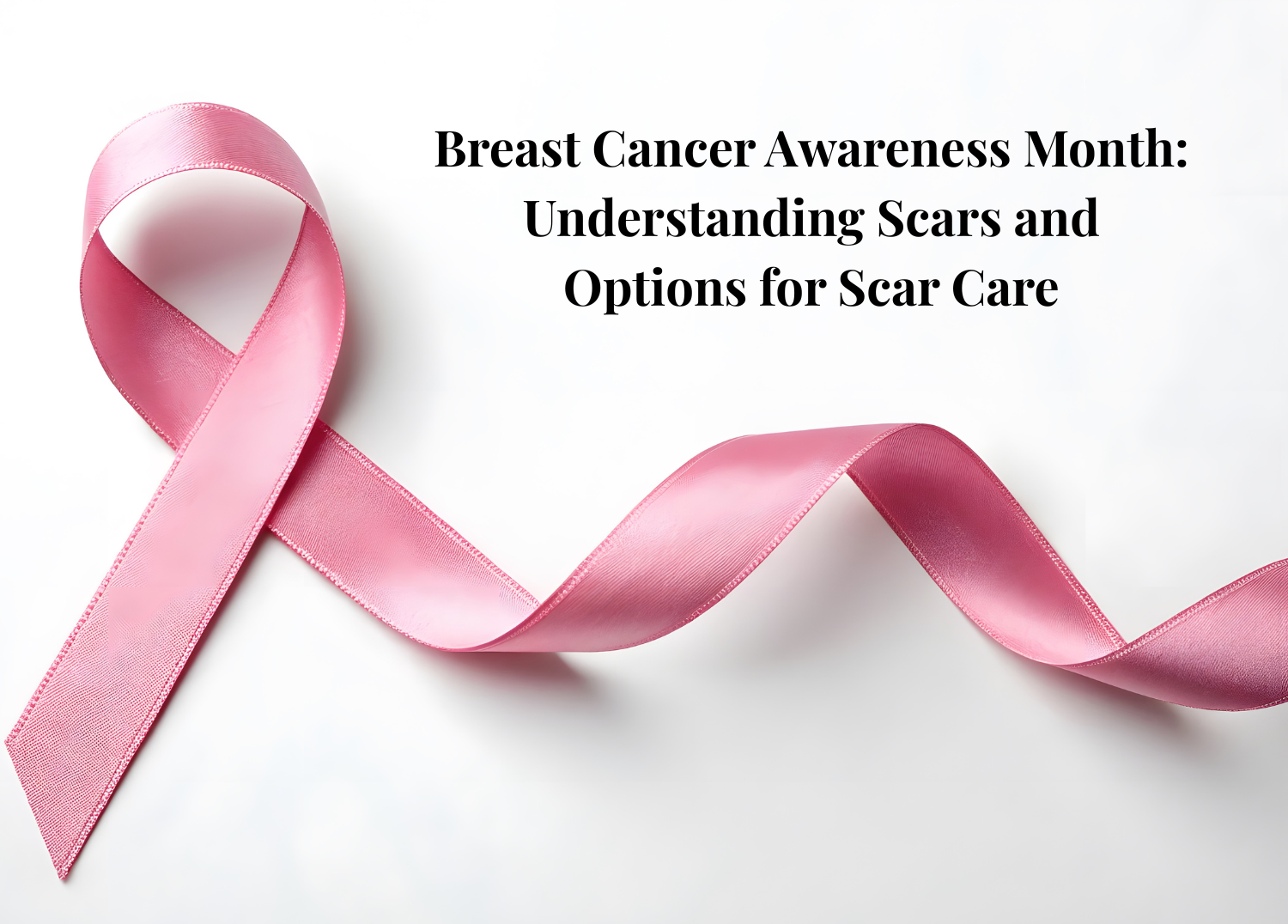
Every October, Breast Cancer Awareness Month serves as an important reminder of prevention, early detection, and advances in treatment. For many patients, surgical procedures such as mastectomy, lumpectomy, or reconstruction are part of their journey. While these procedures are often lifesaving, they can also leave behind visible scars.
Why Surgical Scars Form
Scars are the body’s natural response to healing after surgery. The way they develop depends on several factors:
-
Type of procedure: mastectomy, lumpectomy, reconstructive surgery, or port placement.
-
Incision location: areas with more movement or stretching may scar more noticeably.
-
Skin type: some individuals are more prone to hypertrophic or keloid scars.
-
Post-operative care: wound care, sun exposure, and topical treatments can all influence final appearance.
Scars may appear raised, red, firm, or discolored. Over time, they often improve, but many patients seek additional options to help optimize healing and appearance.
Approaches to Improving Scar Appearance
Surgeons often recommend a multi-step approach to scar care, which may include:
-
Keeping the incision clean and moisturized until fully closed.
-
Protecting from sun exposure, as UV rays can darken scars.
-
Using silicone-based products, which are clinically proven to improve hydration and scar appearance.
-
Considering scar care products with additional ingredients to target redness, pigmentation, and texture.
How Skinuva Scar Can Help
Skinuva Scar is a physician-developed scar cream designed to improve the appearance of surgical scars. What sets it apart is its combination of silicone with advanced ingredients:
-
Synthetic Growth Factors: promote healthier collagen production to reduce thickness and redness.
-
Centella Asiatica: supports wound healing and reduces inflammation.
-
Vitamin C: helps minimize discoloration.
-
Hyaluronic Acid & Aloe Vera: hydrate and soothe the skin.
In clinical studies, Skinuva Scar was shown to improve scars nearly two times better than standard silicone cream. For patients recovering from breast cancer surgery, consistent use starting once the incision is fully closed (typically 2–3 weeks post-surgery) can make a significant difference in long-term results.
Key Takeaways for Breast Cancer Patients
-
Begin scar treatment only once incisions are fully healed.
-
Apply Skinuva Scar consistently twice daily for several months to achieve optimal results.
-
Use sunscreen, cover scars, or use a scar cream with added SPF like Skinuva Scar+ SPF to prevent UV-induced pigmentation.
-
Consult with your surgeon or healthcare provider to incorporate scar care into your recovery plan.
Moving Forward
Breast Cancer Awareness Month is not only about highlighting treatment and prevention but also about improving quality of life after surgery. Addressing scars is one way patients can feel more comfortable during recovery. With evidence-based products like Skinuva Scar and Skinuva Scar+ SPF, there are options available to help improve the appearance of surgical scars and support the healing process.

